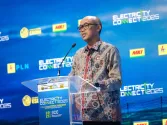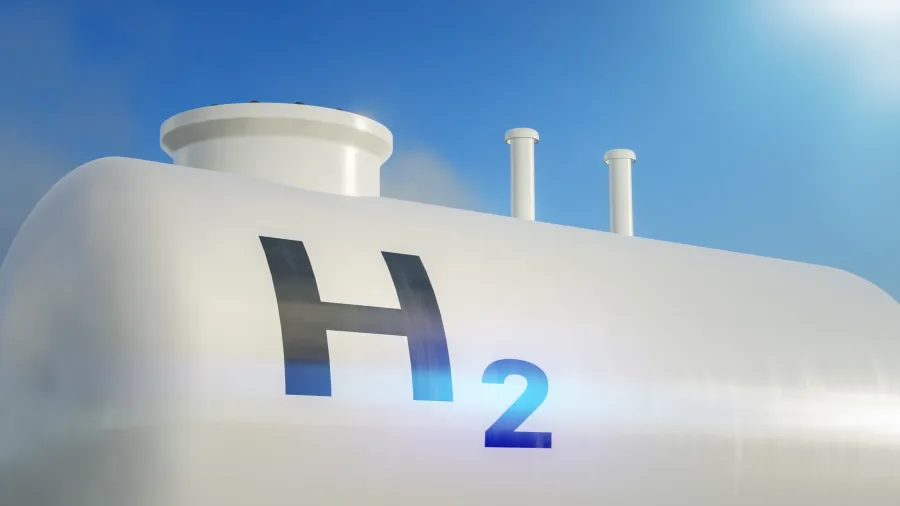
Indonesia told to cut gas subsidies
The incentives pose a challenge to green hydrogen competitiveness.
Indonesia should cut gas subsidies and enforce carbon pricing mechanisms to enhance the viability of green hydrogen for domestic industries, according to the energy think tank Institute for Essential Services Reform (IESR).
The Southeast Asian nation has identified 17 potential sites for green hydrogen production, with production costs estimated at $1.90 to $3.90 per kilo or $14 to $28.90 per million British thermal units (MMBTU) by 2040 — relatively lower than the global average of $2.70 to $12.80 per kilo, IESR said in a statement posted on its website.
“However, the subsidized gas price of $6 per MMBTU for seven industrial sectors poses a challenge to the competitiveness of green hydrogen,” it pointed out.
Erina Mursanti, Green Energy Transition Indonesia project manager at IESR, said the government should demonstrate a strong commitment to developing a green hydrogen ecosystem through policies, regulations, incentives, and strengthened production targets whilst improving the investment climate.
“Continued reliance on fossil fuels for hydrogen production risks increasing carbon emissions and contradicts Indonesia’s net-zero target,” she said. “Moreover, dependence on natural gas could threaten energy security due to declining domestic gas reserves.”
Indonesia has 3,687 gigawatts of renewable energy potential, a significant asset for developing green hydrogen, IESR said.
Green hydrogen is a key solution for accelerating decarbonization in industry and transportation, particularly in energy-intensive sectors that require high-temperature combustion, heavy equipment operations, and long-distance land and sea transportation, it added.
Indonesia has had a national hydrogen strategy since 2023, as part of efforts to use hydrogen in achieving decarbonization by 2060 or sooner, the think tank said. But it lacks a detailed strategy for accelerating the development of green hydrogen, which is produced through water electrolysis using renewable energy sources.
As the Ministry of Energy and Mineral Resources works on a roadmap for low-carbon hydrogen and ammonia deployment, the government should prioritize a dedicated green hydrogen roadmap to ensure sustainable and competitively priced green hydrogen production by 2030, IESR said.
Indonesia’s hydrogen consumption was estimated at 1.75 million tons per year in 2023, with 88% used for urea production, 4% for ammonia production, and 2% for oil refining. Hydrogen supply is still dominated by gray hydrogen, which has a high carbon intensity.
Fabby Tumiwa, executive director at IESR, said green hydrogen development in Indonesia has yet to reach a large scale and is still in the production trial phase due to high costs.
He added that the adoption of advanced electrolyser technologies such as alkaline, proton exchange membrane and solid oxide electrolysis cells (SOEC) could help cut hydrogen production costs.
“SOEC is currently the most efficient, requiring only 38 kilowatt-hours (kWh) of electricity to produce 1 kilogram of hydrogen,” Fabby told Asian Power.
To make green hydrogen more competitive, the cost of electricity from renewable sources must be reduced to below $0.05/kWh, he added.
Indonesia’s Ministry of Energy and Mineral Resources is expected to launch a roadmap for hydrogen development in April as part of the country’s net-zero emission goal by 2060.
The government has set up three hydrogen refueling stations in Senayan, Daan Mogot, and Karawang in Jakarta. PLN, the state-owned power company, has also built a green hydrogen plant powered by geothermal energy in Kamojang, West Java.
“Strong policies, incentives, and strengthened production targets to attract investors are key to realizing our green hydrogen future,” IESR said.

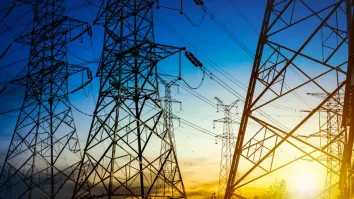

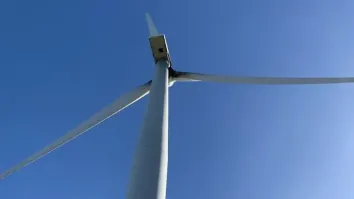
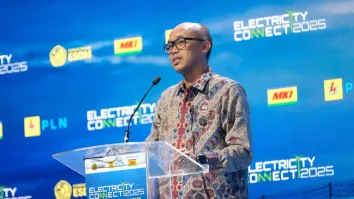
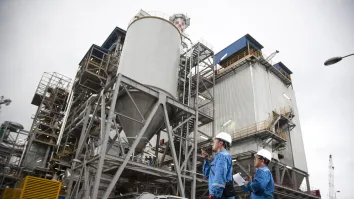
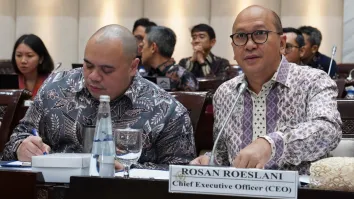


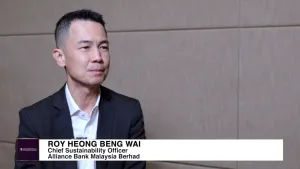
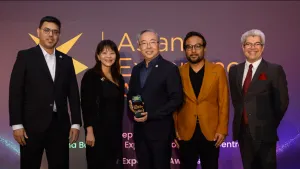






 Advertise
Advertise



